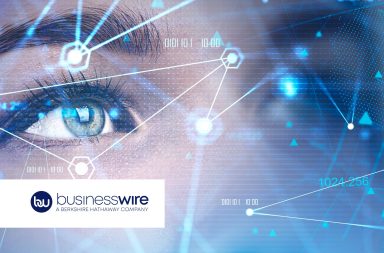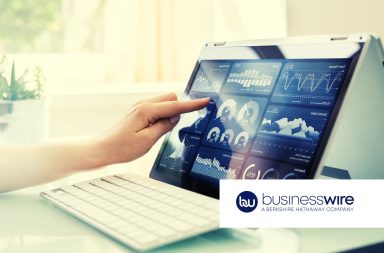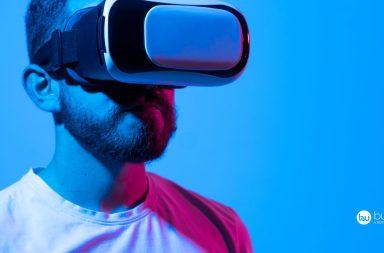Roberto Ascione, CEO of Healthware International, presents his view of how traditional and digital approaches are being brought ever closer together – and what this means for his vision of healthcare management in the future.
It was back in 1993, while I was studying to become a doctor, that I first dreamed of how computer science would transform medicine. At that time, ‘digital’ was in its early days, with the internet only just emerging and the appearance of social media still a decade away, but already I saw the potential for digital to radically disrupt healthcare.
Today, over 20 years later, I think we are finally reaching the point of ‘healthcare convergence’, where digital technology and traditional medicine combine in a way that will forever change the way we manage health. This convergence has enormous implications and opportunities for the life sciences industry.
To understand why and how this industry – comprising the major global pharmaceutical, consumer health, medical devices and diagnostics companies – needs to adapt, we first need to explore the stages of digital disruption that have led to this point.
Information democratisation
The first stage of digital disruption, which began in the 1990s with the internet and early health-related websites and forums, was the democratisation of information. As online information and discussion around diseases and medical interventions became widely available, patients were no longer dependent on their doctors to provide the facts, and healthcare providers were no longer dependent on commercial companies and infrequent meetings with their peers for evidence on interventions. Medical information was now in the hands of the masses and it disrupted traditional models of sales, marketing and communication.
During this stage, a new wave of health companies sprang up, building digital communities for patients, caregivers and medical professionals, such as PatientsLikeMe, Inspire, HealthUnlocked, Sermo and Doximity.
Beyond the pill
The next step on the road to healthcare convergence was the era of ‘beyond the pill’ services. As life sciences companies reacted to information democratisation, they also realised the power of providing direct support in ensuring their interventions delivered value to healthcare systems. This evolution has, of course, also been powered by the concurrent increasing concentration on ‘outcomes’ and ‘cost-effectiveness’ over simple clinical efficacy, safety and quality.
Today, going beyond the pill has seen traditional commercial players focus on websites, apps, social media, chatbots, and so on, as ways of providing information and support to ensure patients understand their conditions and take medicines as prescribed. Alongside this, a whole new sector of digital agencies has been born to support this evolution, alongside specialist ‘out-of-the-box’ communication tools like Videum.
Digital epidemiology
Data, data everywhere, but not a drop of insight? This is no longer the case in healthcare as the third wave of digital disruption accompanied the exponential growth in real-world data. A new field of digital epidemiology has emerged, with mobile applications that have the power to tap into real-world, real-time insights into the state of our health and how we are managing medical conditions.
We have known for some time that there is a gap between clinical studies, which measure the efficacy and safety of an intervention in a broad, largely homogenous population, and its real-world impact on an individual patient with potentially very different characteristics. Now, we have the tools to track those individual patient characteristics – understanding individual patients to a level previously not possible. At the macro level, this ‘digital epidemiology’ is reshaping our understanding of specific conditions, but at a micro level it is helping us to tailor interventions on a very personal basis.
For an example of digital disruption in this space, look no further than diabetes technology company MySugr, which was only recently acquired by Roche Pharmaceuticals. With its real-time tracking of over 1 million diabetes patients, it not only delivered immense levels of real-world data, but could also intervene ahead of a dangerous episode for an individual patient due to digital early-warning signs.
Digital therapeutics
Digital disruption has not stopped with the real-world, real-time data revolution. Technology is emerging that can go beyond helping to tailor individual traditional interventions, to potentially replace them. Early digital diagnosis, which is possible through digital epidemiology, can avert the need for downstream medicines, at least in the short term, but technology is also now competing with traditional medicines and devices in certain areas.
While this stage of disruption is still the most nascent, for a good example of a digital medicine consider the ‘treatment’ for tinnitus, Tinnitracks, by German startup Sonormed. By eliminating the specific frequency for an individual patient’s tinnitus from their iPhone music collection, this software-based application controls the condition simply through playing their favourite songs, negating the need for older, device-based interventions.
The future of healthcare convergence
So, what does all of this mean for traditional healthcare players – pharma, consumer health, devices and diagnostics companies? Will they go the same way as Blockbuster video or Kodak in the face of this digital revolution?
Not if they embrace healthcare convergence and work with this disruption!
The technology companies, which are driving this change, need the years of experience, understanding, commercial knowledge and reach of these traditional companies. Likewise, these traditional players need to embrace the innovation brought by new technologies, as they cannot acquire or build this expertise quickly enough internally.
The smart companies are therefore building digital innovation and incubation groups, designed to tap into this new ecosystem of health technology startups – to engage with them, mentor them, invest in them and work in synergy for mutual benefit. Consider the recent work by Bayer with its Grants4Apps programme, or Sandoz with its SandozHACk initiative, as good examples of this evolution.
The age of healthcare convergence is here and it has brought two of my great passions – and two great sectors of industry – together: medicine and technology. Our health will be all the better for it.



